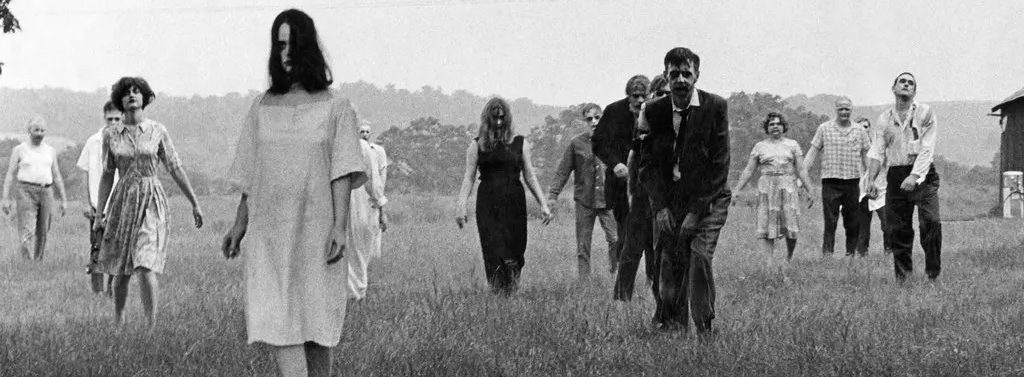The prompts below are points of departure for thinking about your essay. They point in general directions but don’t offer you a central interpretive argument to make. You’ll need to figure out what point you want to make about the films. You don’t need to limit your thinking to these prompts, but if you’re going far afield, we should talk before you go forward in your work.
The first two prompts require that you write about a movie that we haven’t already discussed in class but that is related to our discussions. The third one doesn’t.
I’m also open to a range of alternative, self-designed topics, but you should run those by me before writing about them.
The papers are due by Riday, Oct 13 at 5pm. Please submit them via email.
1) As we’ve discussed in class, sexual drives and transgressions often stand at the heart of horror, even when the references aren’t explicit. We might, for example, see violent predation, sadism, or “forbidden” same-sex desires. Examine the connection between sexual desire and dread in one 1930s movie that we haven’t watched for class. Where does the movie seem to be tying fear or “monstrousness” to particular kinds of sexual appetites, habits, or attractions? Don’t think only about plot development but also about implications in gestures, shadows, and settings, camera angles and other visual elements. Good films to address this prompt include James Whale, Frankenstien (1931) or The Bride of Frankenstein (1935), Tod Browning Dracula (1931), Mad Love (1932), Merian Cooper, King Kong (1933) to name a few examples. All of these movies are available for streaming from a number of sites–Amazon, Google Play, and Apple, for example.
2) Mark Jancovich suggests that monsters in 1950s horror movies, particularly those directed by Jack Arnold, worked less to terrify teenage audiences than to provide “point[s] of identification.” Audiences, says Jancovich, are “encouraged to identify with alternative lifeforms and lifestyles in a number of ways” (170). In this way, he seems to be suggesting that the movies subvert more conventional values. Watch a 1950s monster movie that we haven’t discussed in class. Do you think Jancovich has it right? What is the relationship created between the monster and the audience? How does the film work to establish it? Is that relationship purely sympathetic, grounded in fear, or something else entirely? Again, pay attention not just to the plot line, but the way particular shots and scenes are constructed. If you focus on one of the movies Jancovich discusses, you should do more than simply repeat his points. In no case, should you focus on the original Creature from the Black Lagoon, but you could work on one of the sequels to it. Some other possibile movies to consider are The Blob (1958), Attack of the 50-Foot Woman (1958), or Dracula (1958) from the Hammer studio. All of these are readily available online.
3) When we get to Peeping Tom next week, we’ll talk at greater length about how the camera, particularly in horror film, tends to look differently at women than men and also how male and female characters in the movies tend to have different kinds of vision. In Rebecca, how does the second Mrs. DeWinter see the world around her? What sorts of things does she look at? How reliable is her vision? How is it different from Maxim’s sight? Do they see Jasper the same way? The mansion? The portraits? Does the camera look at Max in the same way that it looks at his second wife? What are the cumulative effects of these different ways of looking and seeing?
You could, of course, ask very similar questions and write your essay about a different movie that we’ve screened this semester or one that we haven’t. If you choose to work on Peeping Tom, though, be sure to do more than repeat what we discuss in class.
